Documents
This section features public documents and files uploaded by the stakeholders and custodians of the Caspian Sea environment.
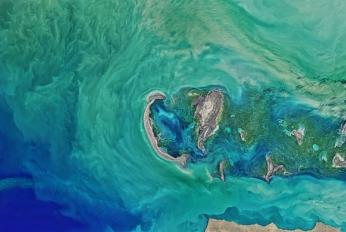 Caspian Environment Programme - Caspian Seal Conservation and Action Plan (2007)Tue, 12/06/2018 - 11:45The seal is the only marine mammal in the Caspian Sea, feeding on tulkas and other small fish, and preyed upon by land animals. It is an endemic species for the Caspian Sea and is vulnerable on that point of view. During its life history the Caspian seal migrates from the frozen North Caspian waters in the winter to the Sout
Caspian Environment Programme - Caspian Seal Conservation and Action Plan (2007)Tue, 12/06/2018 - 11:45The seal is the only marine mammal in the Caspian Sea, feeding on tulkas and other small fish, and preyed upon by land animals. It is an endemic species for the Caspian Sea and is vulnerable on that point of view. During its life history the Caspian seal migrates from the frozen North Caspian waters in the winter to the Sout
- Description
The seal is the only marine mammal in the Caspian Sea, feeding on tulkas and other small fish, and preyed upon by land animals. It is an endemic species for the Caspian Sea and is vulnerable on that point of view. During its life history the Caspian seal migrates from the frozen North Caspian waters in the winter to the South Caspian in the summer timer and back to the North to give birth to the pups on the ice. During these migration time the seals can be found everywhere in the sea.
Active conservation efforts will be required to assure the Caspian seal does not eliminate from the Earth. As a major mammal, anchoring one end of the food web, it also plays an important role in the biodiversity of the Caspian Sea and is a remarkable indicator of the Caspian ecosystems health.
- Attached documents
- Metadata
- Year
- 2007
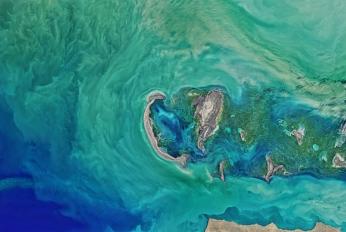 Caspian Environment Programme - Contaminants from Terek River into Caspian Sea (2007)Tue, 12/06/2018 - 11:43In the frame of the current Project the estimation on contents of nutrients, petroleum hydrocarbons, phenols and heavy metals in water and bottom sediments in the basins of rivers Terek, Sulak and Samur over the last years was carried out. Research was conducted within a framework of the State Monitoring Programme on Roshydr
Caspian Environment Programme - Contaminants from Terek River into Caspian Sea (2007)Tue, 12/06/2018 - 11:43In the frame of the current Project the estimation on contents of nutrients, petroleum hydrocarbons, phenols and heavy metals in water and bottom sediments in the basins of rivers Terek, Sulak and Samur over the last years was carried out. Research was conducted within a framework of the State Monitoring Programme on Roshydr
- Description
In the frame of the current Project the estimation on contents of nutrients, petroleum hydrocarbons, phenols and heavy metals in water and bottom sediments in the basins of rivers Terek, Sulak and Samur over the last years was carried out. Research was conducted within a framework of the State Monitoring Programme on Roshydromet in the central and lower parts of the Terek delta. The data of Roshydromet standard investigations was used to assess the concentration of pollutants, namely petroleum hydrocarbons, heavy metals, phenols, detergents, nutrients (nitrites, nitrates, ammonium and total nitrogen) and silicates, and also expenditure of river water during the estimation of their flows at hydrological Karagalinsky hydro system and
Alikazgan stations in the Terek delta. The Roshydromet data cover the period 2002-2005.- Attached documents
- Metadata
- Year
- 2007
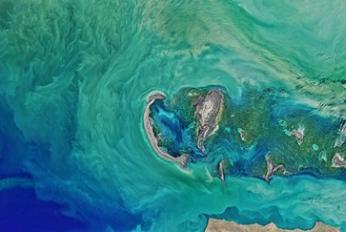 National Convention Action Plan NCAP 2012Sun, 22/04/2018 - 20:06National Convention Action Plan NCAP of the five Parties - Year 2012+9
National Convention Action Plan NCAP 2012Sun, 22/04/2018 - 20:06National Convention Action Plan NCAP of the five Parties - Year 2012+9
- Description
National Convention Action Plan NCAP of the five Parties - Year 2012
- Attached documents
- Metadata
- Year
- 2012
 Celebration of Caspian Day in Turkmenistan: Final ReportSun, 22/04/2018 - 07:45Objectives of the project included the organization and performance of the coast-wide awareness campaign in Turkmenbashi and Awaza area devoted to the Caspian Sea Day celebration. The project was prepared and agreed with the program of Celebration with the Ministry of Nature Protection of Turkmenistan, which supposed to be h
Celebration of Caspian Day in Turkmenistan: Final ReportSun, 22/04/2018 - 07:45Objectives of the project included the organization and performance of the coast-wide awareness campaign in Turkmenbashi and Awaza area devoted to the Caspian Sea Day celebration. The project was prepared and agreed with the program of Celebration with the Ministry of Nature Protection of Turkmenistan, which supposed to be h
- Description
Objectives of the project included the organization and performance of the coast-wide awareness campaign in Turkmenbashi and Awaza area devoted to the Caspian Sea Day celebration. The project was prepared and agreed with the program of Celebration with the Ministry of Nature Protection of Turkmenistan, which supposed to be held in hotel “Dayanch” on the Caspian coast. The events were planned for August 10-11, 2012. However due to force-major reasons, upon arrival of participants of the event to Turkmenbashy city, the organizers were asked to postpone the event. It was decided to perform it in Ashgabat at the premises of the Institute of Deserts. Due to the summer beach time, it was impossible to change tickets and go back to Ashgabat earlier. Thus the Caspian Day event was then again prepared and performed in Ashgabat.
- Attached documents
- Metadata
- Year
- 2012
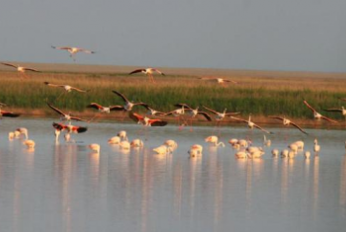 Akzhaiyk Reserve General InformationSat, 21/04/2018 - 11:16State Nature Reserve "Akzhaiyk" (Kazakh "Aқzhayyқ" memlekettіk tabiғi reserves) is located in the Makhambet Atyrau region, in the surrounding lands outside the city of Atyrau. It was created by the Government of the Republic of Kazakhstan on February 6, 2009 in the delta of the Ural River and the adjacent coast of the Caspia
Akzhaiyk Reserve General InformationSat, 21/04/2018 - 11:16State Nature Reserve "Akzhaiyk" (Kazakh "Aқzhayyқ" memlekettіk tabiғi reserves) is located in the Makhambet Atyrau region, in the surrounding lands outside the city of Atyrau. It was created by the Government of the Republic of Kazakhstan on February 6, 2009 in the delta of the Ural River and the adjacent coast of the Caspia
- Description
State Nature Reserve "Akzhaiyk" (Kazakh "Aқzhayyқ" memlekettіk tabiғi reserves) is located in the Makhambet Atyrau region, in the surrounding lands outside the city of Atyrau. It was created by the Government of the Republic of Kazakhstan on February 6, 2009 in the delta of the Ural River and the adjacent coast of the Caspian Sea. [1] The Ural River Delta and the adjacent coast of the Caspian Sea is included in the list of wetlands of international importance. The reserve was the second Kazakh territory after the Tengiz-Korgalzhyn lake system, which went down in the list. The hydrological regime is characterized by a gradual rise the water level in the Ural River in the second half of April, with the transition in May-June in spring and summer, with a peak at the end of May or the first half of of June. After the first flood peak starts fast and then gradual decline, passing in August and September in the autumn low water.
- Attached documents
- Metadata
- Year
- 2012
 National Caspian Action Plan of Azerbaijan RepublicFri, 20/04/2018 - 15:31
National Caspian Action Plan of Azerbaijan RepublicFri, 20/04/2018 - 15:31- Attached documents
- Metadata
- Year
- 2007
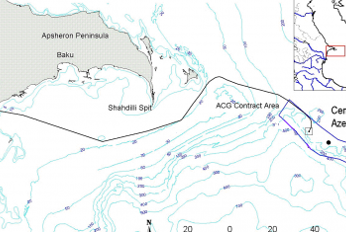 Central Azeri Environmental Survey July 2010 AmC Project 10502Tue, 17/04/2018 - 15:02Sampling was conducted from the vessel Svetlomor 2 by personnel from AmC, the Ministry of Ecology and Natural Resources (MENR) and SOCAR. Sediment samples for physical and chemical analysis consisted of 2 replicates, while 3 replicates were taken for biological analyses. Analyses were carried out at AmC Caspian Environmental+5
Central Azeri Environmental Survey July 2010 AmC Project 10502Tue, 17/04/2018 - 15:02Sampling was conducted from the vessel Svetlomor 2 by personnel from AmC, the Ministry of Ecology and Natural Resources (MENR) and SOCAR. Sediment samples for physical and chemical analysis consisted of 2 replicates, while 3 replicates were taken for biological analyses. Analyses were carried out at AmC Caspian Environmental+5
- Description
Sampling was conducted from the vessel Svetlomor 2 by personnel from AmC, the Ministry of Ecology and Natural Resources (MENR) and SOCAR. Sediment samples for physical and chemical analysis consisted of 2 replicates, while 3 replicates were taken for biological analyses. Analyses were carried out at AmC Caspian Environmental Laboratory.
Sediments around Central Azeri were very poorly sorted, the majority being a mixture of sand and gravel. At many stations, the two replicates were substantially different, indicating patchiness of physical characteristics on a small spatial scale (metres).
LAO was detected at 7 stations in 2010. There was little evidence of change at the majority of stations, and the overall area within which LAO was observed remains very similar to that observed in previous surveys. In general the hydrocarbon concentrations were low or very low and UCM and NPD content were indicative of weathered material being present throughout the survey area.
For the majority of trace metals the data show no clear trends or gradients which could be associated with platform activities. Three elements – barium, cadmium, and lead – exhibited very similar concentration patterns. These were the only elements which indicated a ‘footprint’ which was spatially related to the platform location. A similar association was evident in the 2008 data.
The macrobenthic community was numerically dominated by amphipods which were also the most taxonomically rich group. There was a general tendency towards lower species richness and abundance at stations to the north of, and immediately to the south of, the platform, as was also noted in 2008.
The 2010 data for sediment composition, chemistry and macrobenthic biology suggest that there is an area immediately around the platform in which some degree of sediment alteration is present, and where there is a slightly lower macrobenthic community biomass and diversity relative to more distant stations. However, there are no stations which could be considered biologically impoverished compared to previous surveys.
- Attached documents
- Metadata
- Year
- 2012
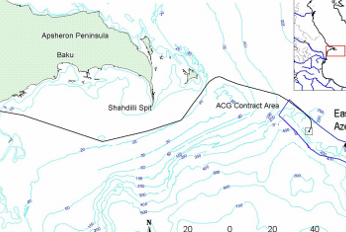 East Azeri Environmental Survey July/August 2010 AmC Project 10503Mon, 16/04/2018 - 16:17Technical Summary Sampling was conducted from the vessel Svetlomor 2 by personnel from AmC, the Ministry of Ecology and Natural Resources (MENR) and SOCAR. Sediment samples for physical and chemical analysis consisted of 2 replicates, while 3 replicates were taken for biological analyses. Analyses were carried out at AmC Ca+5
East Azeri Environmental Survey July/August 2010 AmC Project 10503Mon, 16/04/2018 - 16:17Technical Summary Sampling was conducted from the vessel Svetlomor 2 by personnel from AmC, the Ministry of Ecology and Natural Resources (MENR) and SOCAR. Sediment samples for physical and chemical analysis consisted of 2 replicates, while 3 replicates were taken for biological analyses. Analyses were carried out at AmC Ca+5
- Description
Technical Summary
Sampling was conducted from the vessel Svetlomor 2 by personnel from AmC, the Ministry of Ecology and Natural Resources (MENR) and SOCAR. Sediment samples for physical and chemical analysis consisted of 2 replicates, while 3 replicates were taken for biological analyses. Analyses were carried out at AmC Caspian Environmental Laboratory.
The sediments around East Azeri were very poorly sorted with generally good agreement between replicate samples.Variation between metal concentrations was low.
Metal and hydrocarbon concentrations were, with the exception of Ba and Cd, within the range of baseline conditions for the ACG contract area, and in many instances were lower in 2010 than in 2008.
The condition of the macrobenthic community throughout the survey area was, in 2010, better than in 2008, and was closer to the original baseline conditions. There was no evidence that any physical or chemical parameter was associated with impaired community structure or function, although it was clear that the dominant taxonomic groups were more diverse and abundant in coarser sediments.
Specifically, the results of the 2010 survey show no evidence of sustained impact as a result of continuing platform drilling and production operations; there has (with the possible exception of Cd) been no evidence of direct contamination, and the diversity, abundance and biomass of the macrobenthic community has improved since 2008.
- Attached documents
- Metadata
- Year
- 2012
Document
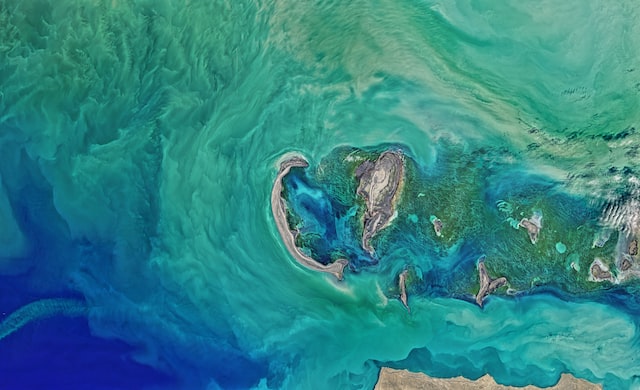
Caspian Environment Programme - Caspian Seal Conservation and Action Plan (2007)
Document
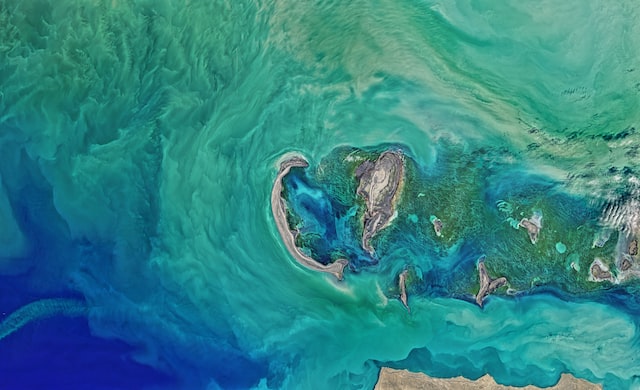
Caspian Environment Programme - Contaminants from Terek River into Caspian Sea (2007)
Document
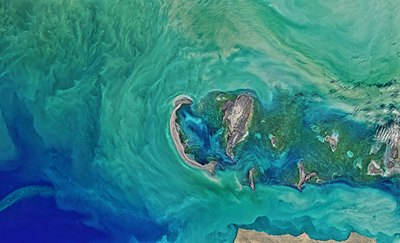
National Convention Action Plan NCAP 2012
Document
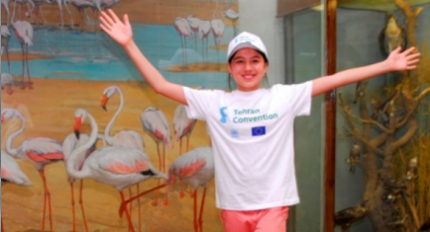
Celebration of Caspian Day in Turkmenistan: Final Report
Document
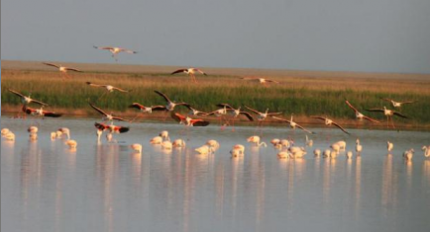
Akzhaiyk Reserve General Information
Document
National Caspian Action Plan of Azerbaijan Republic
Document
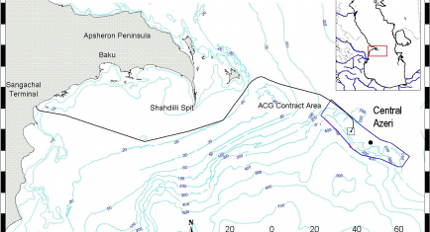
Central Azeri Environmental Survey July 2010 AmC Project 10502
Document

